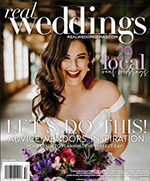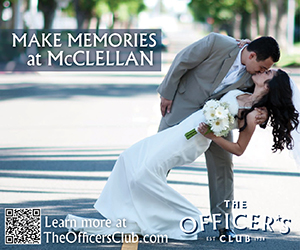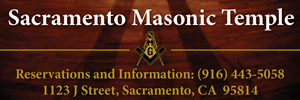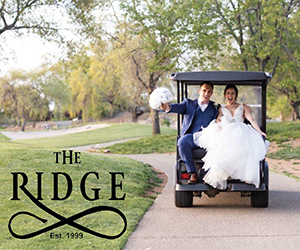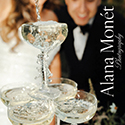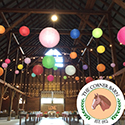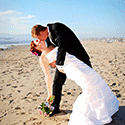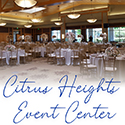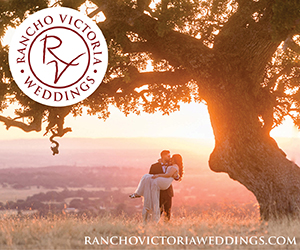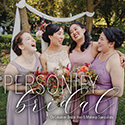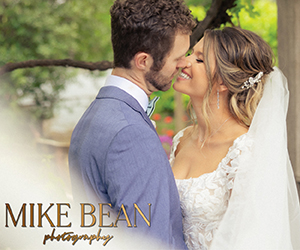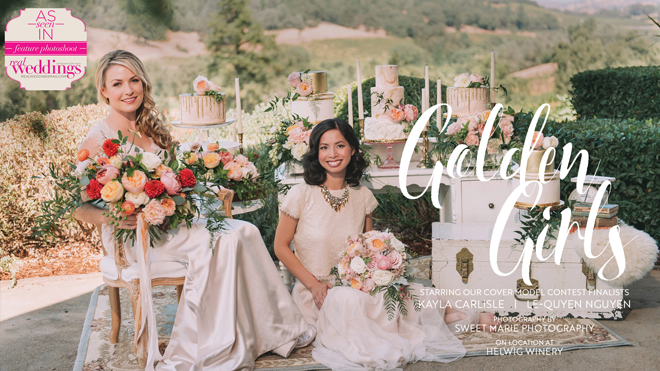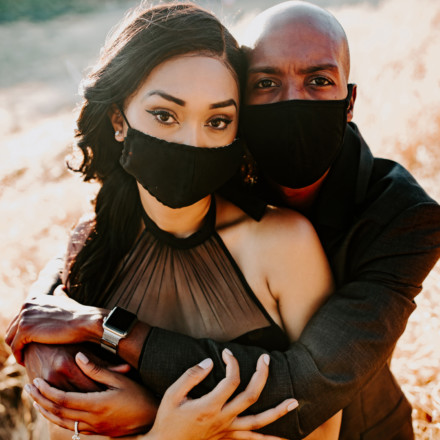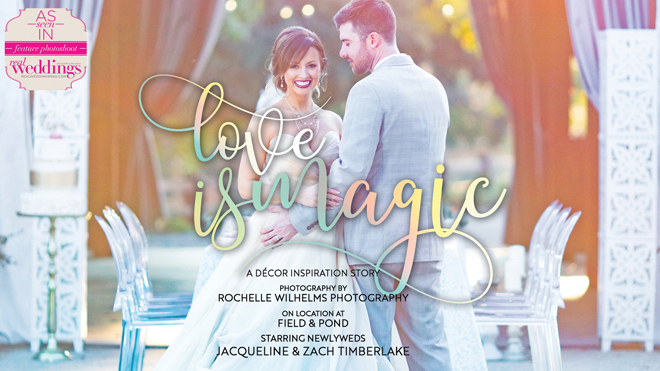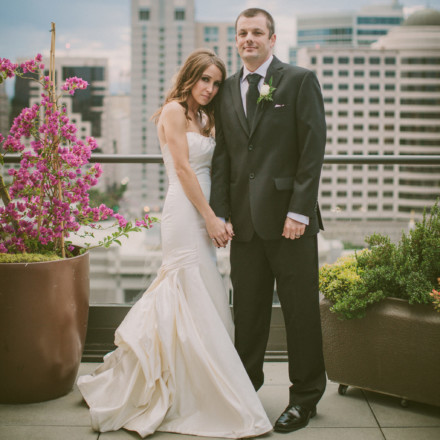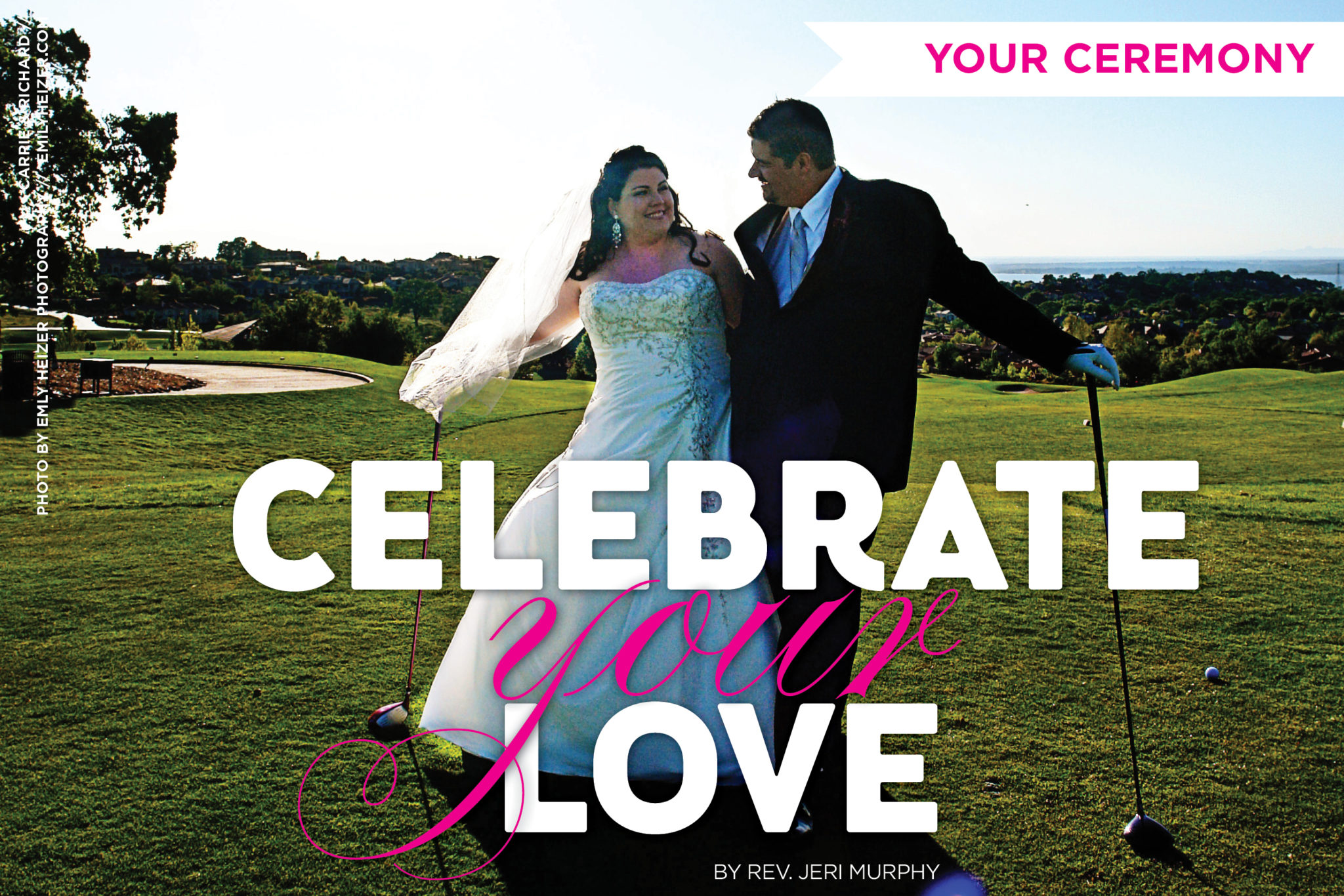
You’ve planned and planned, and planned some more. You probably even have some back up plans in place for the big day too…“just in case.“ But have you given enough thought to the actual rehearsal? Not the rehearsal dinner, the rehearsal for the ceremony? Even if you have the most simple ceremony planned, there are many little details of the ceremony that often couples don’t realize. These details can be anticipated and handled at rehearsal, rather than catching you by surprise on your wedding day. A well-planned rehearsal helps the bride, groom and the entire wedding party (including the parents of the bride and groom) know what to expect during the ceremony, keeping the nerves calm and the excitement contagious!
The rehearsal is usually the beginning of the actual wedding festivities. People may be arriving from long distances and many might be seeing each other for the first time ever, or in a long while. You may want to ask everyone to arrive early, to allow time for introductions and reunions as well as the arrival of any latecomers—especially if they are part of the wedding party.
The main focus of rehearsal is the Processional and Recessional, along with the placement of the wedding party. I have found it most effective to begin at “the altar area,” pretending that the ceremony has just ended, and I have invited the “newlywed” couple to kiss! Starting at the end of the ceremony allows the bride and groom, as well as the wedding party, to know just where they will be standing during the ceremony.
Once everyone is in place, we can check placement of any props, such as a table for candle lighting or a microphone stand if there are readers. If the ceremony is being held outside, we can also check sunlight—no squinting!—and for any extraneous noise and make the necessary adjustments right away.
I then invite the couple to turn to face their guests; the maid/matron of honor hands the bride her bouquet, and the “newlyweds” begin the Recessional, with the wedding party following behind.
Since everyone then knows where they are supposed to stand during the ceremony, we rehearse the Processional—including the seating of honored guests, the entry of the Officiant and groom, the groom’s attendants and bride’s attendants, the flower girl and ring bearer (if applicable), and then the bride and her escorts.
Children in the wedding party should be instructed about where they go when they reach the end of the aisle—either sitting with a parent or remaining in front with the wedding party.
We then rehearse anything that requires movement during the ceremony itself: hand-off of the bouquet, exchange of rings, lighting of Unity Candle, etc. While couples generally don’t want to practice repeating their entire vows, it might be helpful to go over a line or two. I then invite the couple to kiss (again!), turn to face their guests, and we go through the Recessional one more time.
After confirming that the bride, groom and wedding party feel comfortable with what we’ve practiced, I thank them for their attention and send them off to the rest of their pre-wedding festivities, knowing that the ceremony will run smoothly. Take a little time to plan for your rehearsal, and your nerves—along with everyone else’s—will be more calm, so that you can focus on the joy of the big day.
—Rev. Jeri Murphy
About Rev. Jeri Murphy: Jeri is a non-denominational minister who has been performing weddings in the Sacramento area for more than a decade. She works with each couple to create a unique wedding ceremony that celebrates their love and sets the stage for their long and happy life together as a married couple.
revjerimurphy.com


